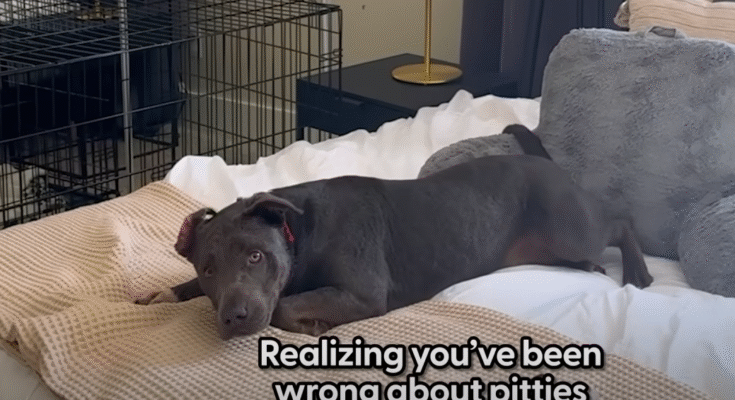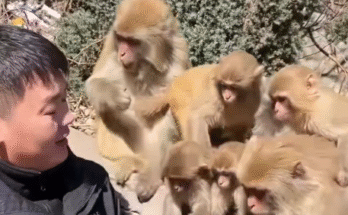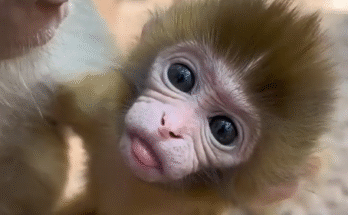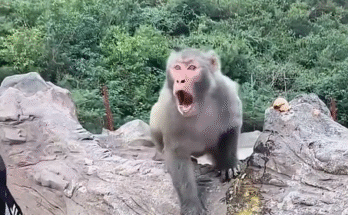For as long as she could remember, Emily held her guard up whenever she saw a pit bull. She wasn’t cruel to them, but she kept her distance. To her, pit bulls were dangerous—unpredictable dogs with locked jaws and bad tempers. That was what she had heard growing up, and it was what she believed into adulthood.
Whenever she passed one on the sidewalk, she would cross the street. If she saw one at the park, she’d steer clear. Emily often told her friends, “They’re just not safe. You never know when they’ll snap.”
But life has a way of challenging the stories we tell ourselves.
One spring afternoon, Emily was scrolling through social media when she came across a post from her local animal shelter. It showed a brown-and-white pit bull sitting in a kennel, his eyes wide and sad. The caption read:

“This is Chance. He’s been waiting over 200 days for a family. Despite his size, he’s a gentle soul who loves belly rubs and naps. He deserves a chance.”
Emily almost scrolled past. But something about the dog’s expression caught her. His face wasn’t frightening at all. In fact, he looked…heartbroken.
She stared at the photo longer than she meant to, her chest tightening. Against her own instincts, she whispered, “He looks so lonely.”
The next weekend, Emily surprised herself by driving to the shelter “just to look.” She told herself she wasn’t going to adopt—she only wanted to see what Chance was like in person.
The moment she walked into the kennel area, the dogs erupted in barks. Some jumped excitedly against the gates, others barked furiously. But Chance sat quietly at the back of his kennel, tail thumping lightly on the floor as his eyes met hers.
A volunteer noticed her staring. “That’s Chance. Don’t let the pit bull label fool you. He’s one of the calmest dogs here.”
Emily hesitated, chewing her lip. “I’ve never really…trusted pit bulls.”
The volunteer smiled gently. “You’re not the only one. But give him a minute. He’ll show you who he really is.”
When the kennel door opened, Chance approached slowly, tail wagging but cautious, as if he knew Emily was unsure. He sniffed her hand, then leaned his head into her palm, closing his eyes as though he’d been waiting for her touch forever.
Emily’s throat tightened. This wasn’t the aggressive dog she had imagined. This was a creature aching for love.
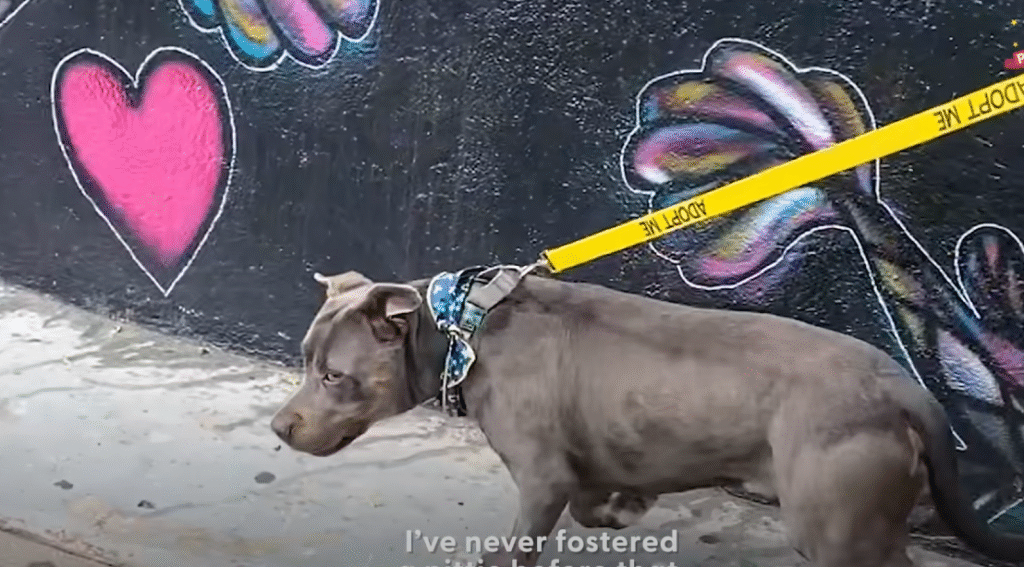
They walked together in the shelter yard. Chance wasn’t rowdy; he stayed by her side, glancing up at her with eyes full of quiet hope. At one point, he rolled onto his back in the grass, legs in the air, waiting for belly rubs. Emily laughed out loud, the sound surprising even herself.
When it was time to leave, Chance whined softly as the volunteer led him back to his kennel. Emily sat in her car afterward, staring at the steering wheel with tears in her eyes. She had expected fear. Instead, she felt warmth and something new: guilt.
Have I been wrong this whole time? she thought.
Over the next week, Emily couldn’t stop thinking about Chance. She replayed the way he pressed his head against her hand, the way his tail wagged softly, the way he looked back at her when the volunteer closed the gate.
Finally, she returned to the shelter. This time, she didn’t pretend it was “just to look.” She signed the adoption papers and brought Chance home.
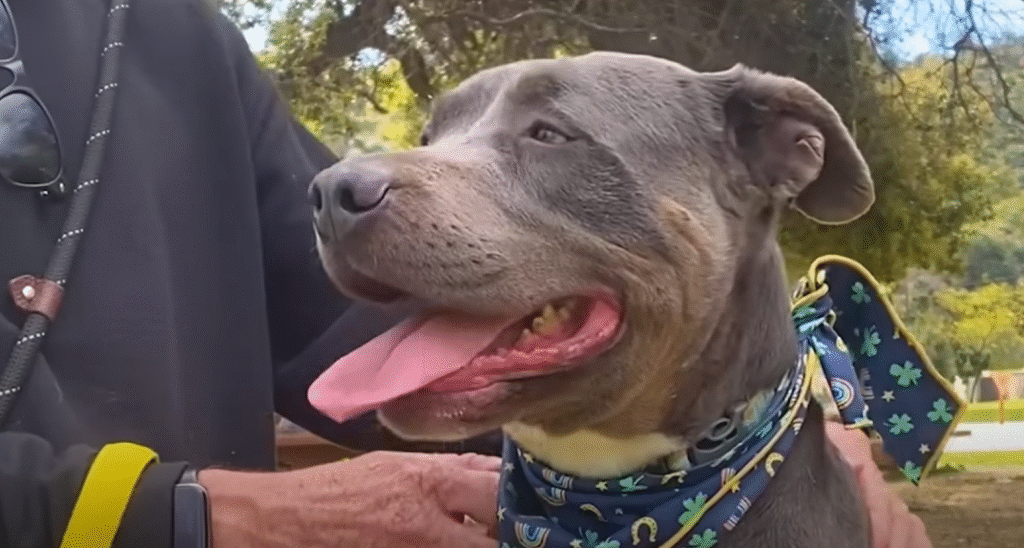
The first few days were an adjustment. Emily was nervous, half-expecting some hidden aggression to surface. But Chance proved her wrong again and again.
When the mailman arrived, Chance wagged his tail instead of barking. When children on bicycles passed by, he sat calmly, watching them with curiosity. When Emily cooked dinner, Chance lay at her feet, happy just to be near her.
One night, Emily fell asleep on the couch. When she woke up hours later, she found Chance curled beside her, his head resting gently on her lap as though he was guarding her.
Her heart melted. This is not the monster I imagined. This is family.
As weeks turned into months, Emily’s perspective transformed completely. She took Chance on long walks, introduced him to her friends, and even enrolled him in obedience classes. Everywhere they went, people commented on how sweet he was.
But she also noticed something else: strangers often reacted to Chance the way she once did—with fear. Some crossed the street, some pulled their kids closer, some asked, “Is he safe?”
Every time, Emily felt a pang of recognition. That had been her, not long ago.
She started speaking up: “He’s the sweetest dog you’ll ever meet. Don’t let the stereotypes fool you.”
Her friends were shocked. “Emily, you adopted a pit bull? Weren’t you always afraid of them?”
Emily smiled and scratched Chance’s ears. “I was wrong. I judged him before I knew him. And he’s taught me more about love and patience than I ever expected.”
One day at the park, Emily and Chance met a little girl who had been afraid of dogs. The girl clung to her mother, hiding behind her legs. Emily knelt beside Chance, holding him gently by the leash.
“Do you want to pet him?” Emily asked softly.
The girl shook her head. “He’s scary.”
Emily’s chest tightened. She recognized the fear in the child’s voice—it was her own fear, reflected back. But Chance, as if understanding, sat calmly, his tail wagging slowly.
“He’s very gentle,” Emily reassured her. “He likes belly rubs and naps more than anything.”
The girl’s mother encouraged her, and finally the child reached out a trembling hand. Chance leaned forward, sniffed her fingers, then licked them softly. The girl squealed with delight, giggling.
“He’s nice!” she said, eyes wide with surprise.
Emily smiled, her heart swelling. “Yes. He is.”
In that moment, she realized something profound. She hadn’t just been wrong about pit bulls—she had been wrong about judging by appearances, about letting fear shape her beliefs. Chance had opened her eyes to compassion, patience, and second chances.
Months later, Emily wrote a post online with a photo of Chance curled up on the couch. She shared her story honestly:
“I used to think pit bulls were dangerous. I avoided them, feared them, judged them. Then I met Chance, and everything changed. He’s gentle, loving, and loyal. I realized the problem was never the breed—it was the misconceptions we’re taught. I was wrong my whole life, and I’m so grateful I got the chance to see the truth.”
The post spread quickly, reaching thousands of people. Comments poured in from pit bull owners sharing similar experiences, from people who had changed their minds, and from those who admitted they were still afraid but willing to learn.
Chance lay beside her as she read each comment, his head resting on her lap, unaware of the impact he was making. To him, life was simple: he had found someone who loved him, and that was enough.
But for Emily, it was so much more. He had rewritten her story. He had shown her that sometimes, the things we fear most are the very things that can teach us the most about love.
